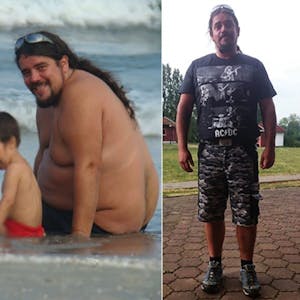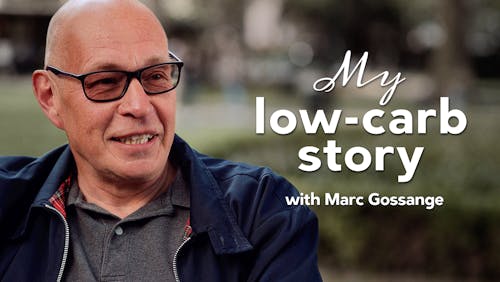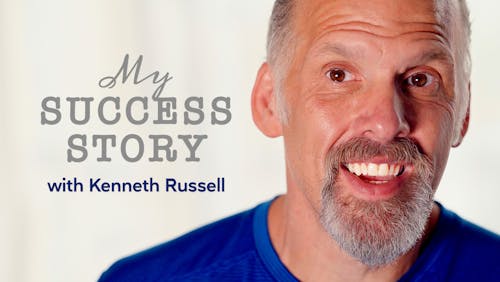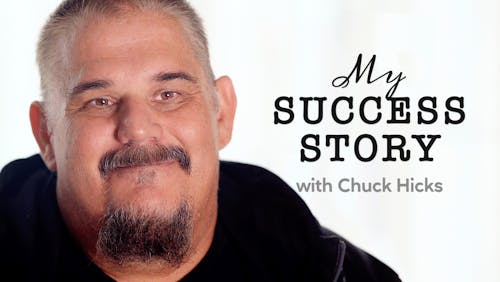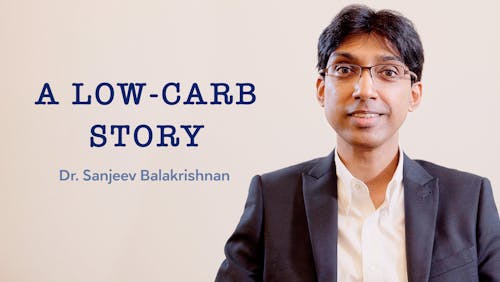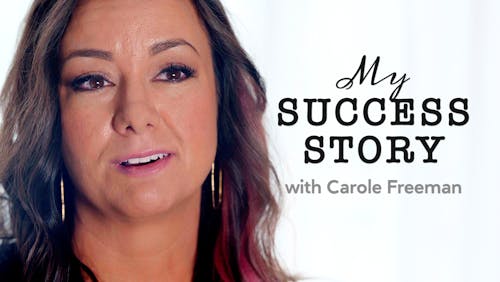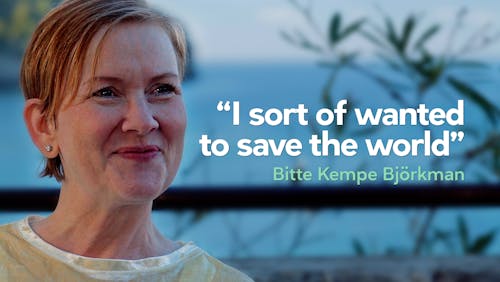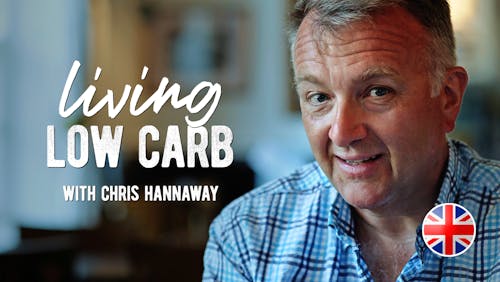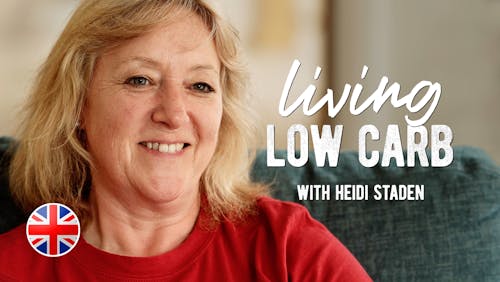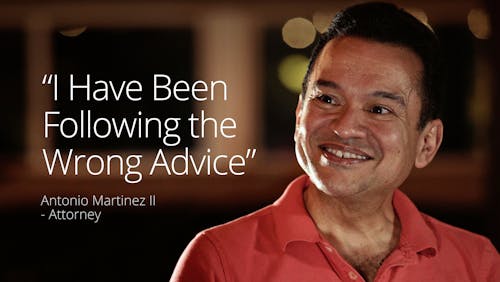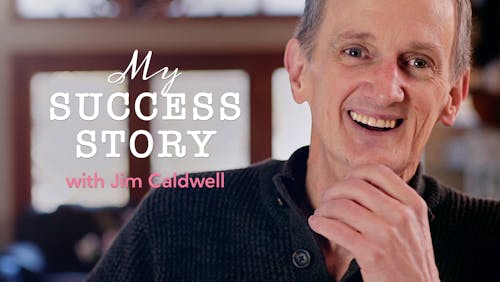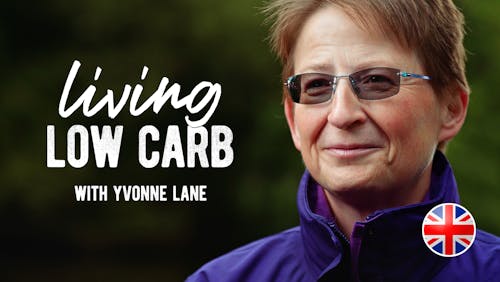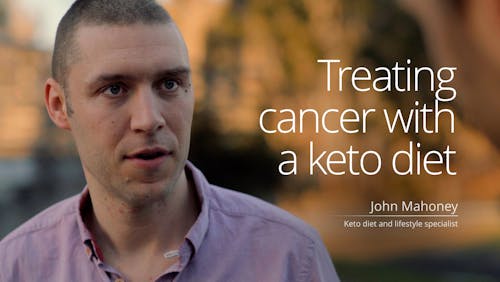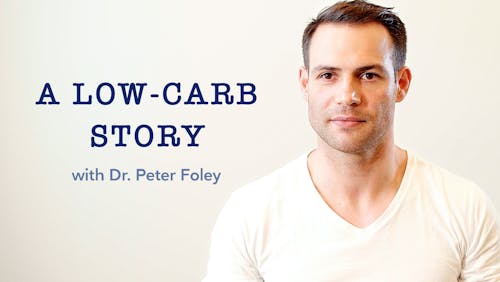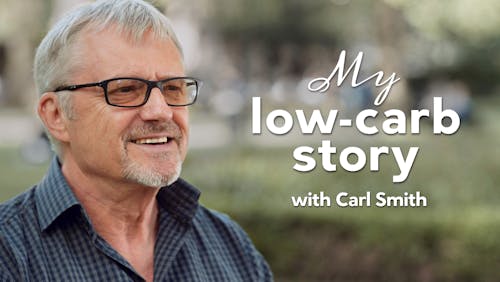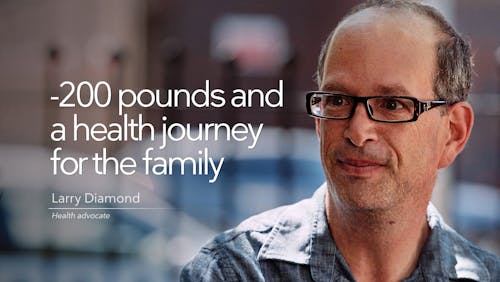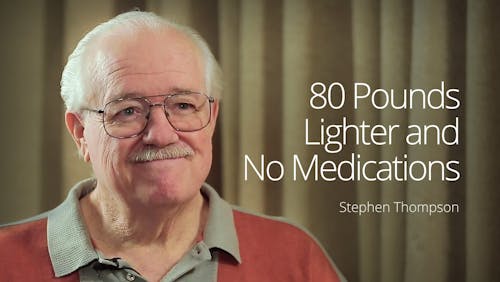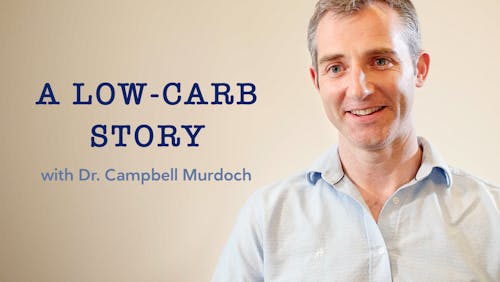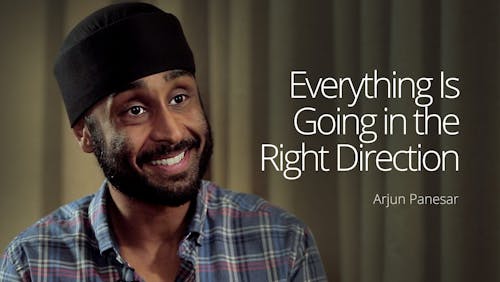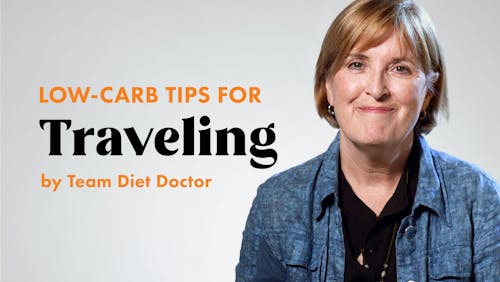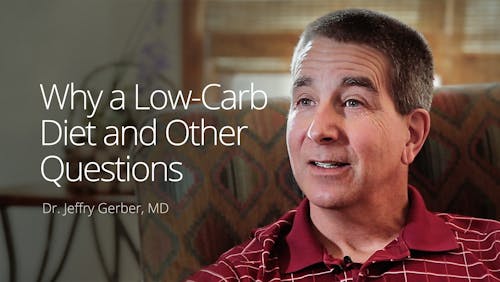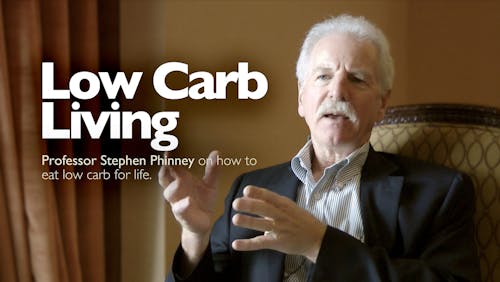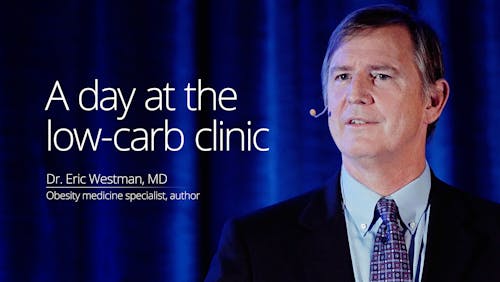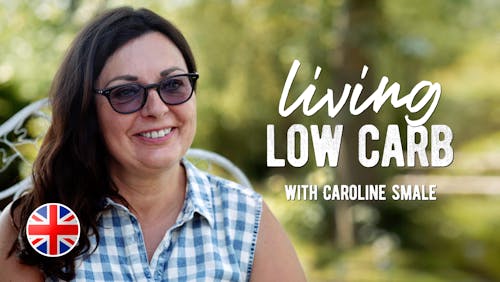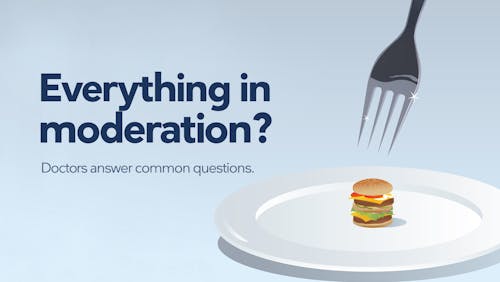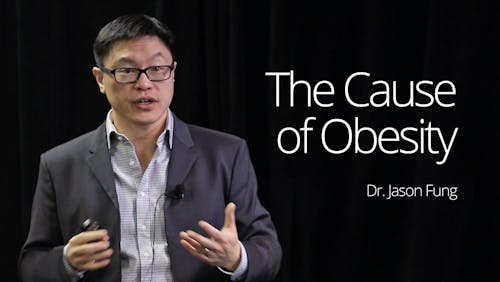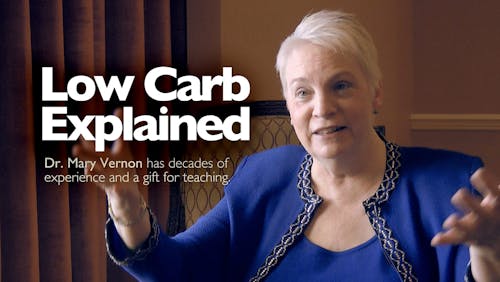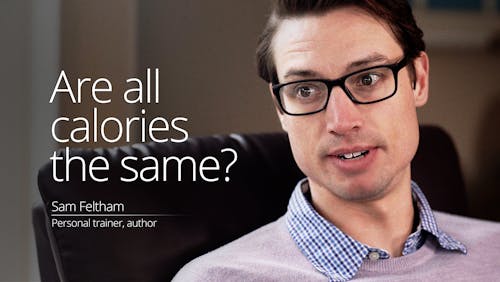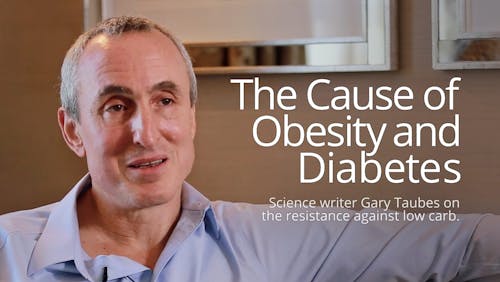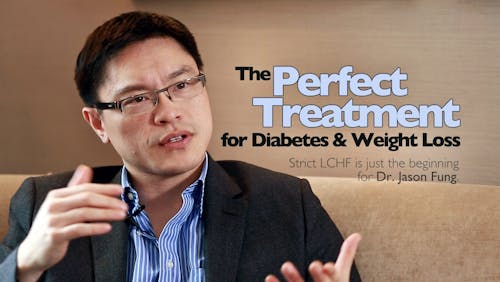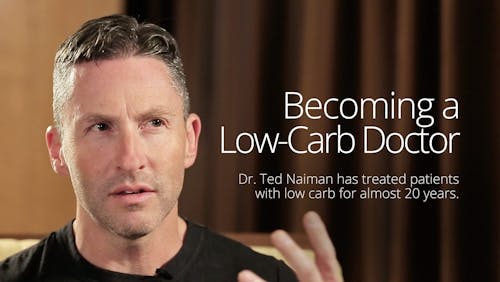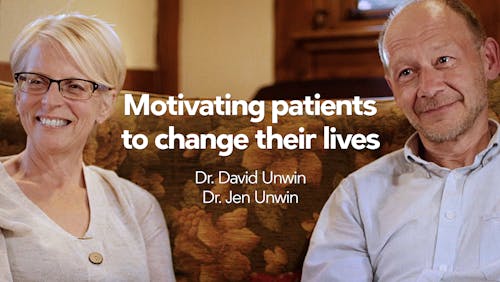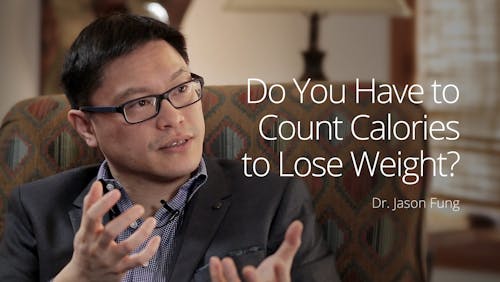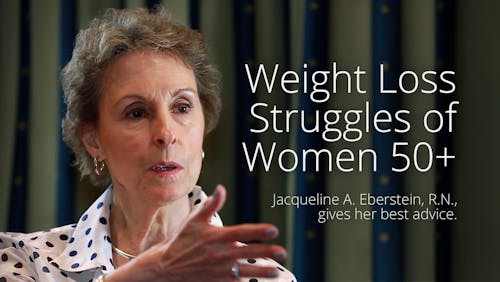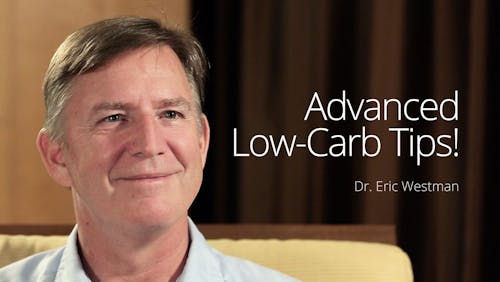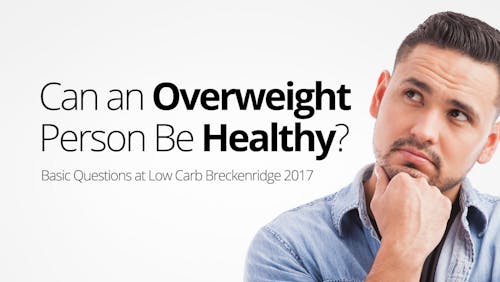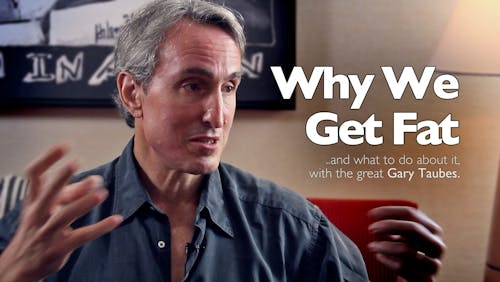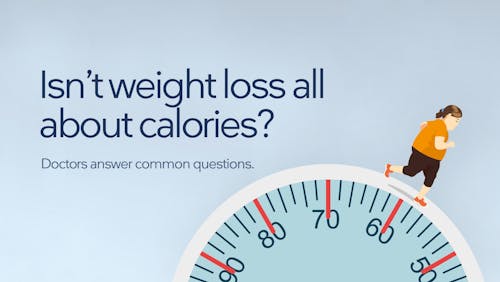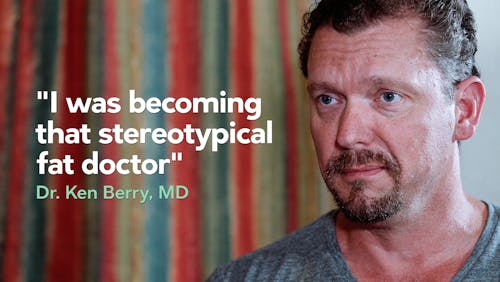The keto diet: Maintaining a 150-pound loss for 10 years
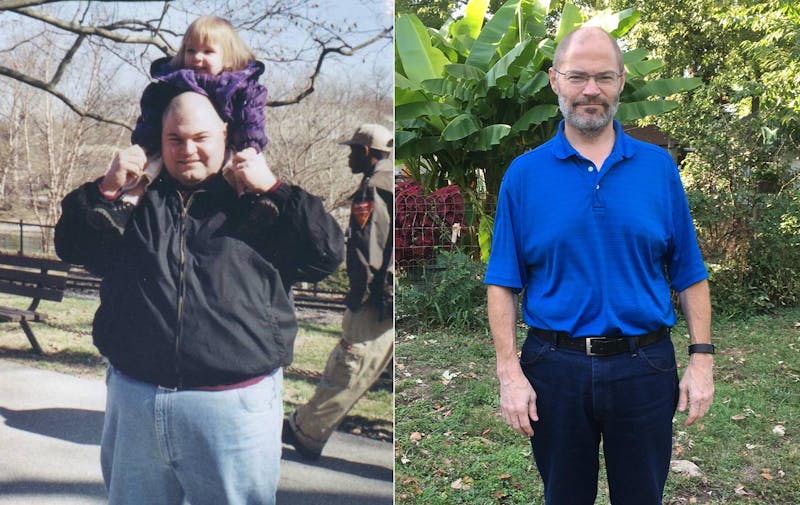
Before and after
Age: 44
Height: 5’7” (170 cm)
Highest weight: Over 360 lbs (164 kg)
Current weight: 188 lbs (85 kg)
Lowest weight: 175 lbs (80 kg)
From an early age, Richard Tripeer loved eating big portions of food. However, being an active child, he could indulge without it affecting his weight too much.
“I mean, I was always a little heavy, but I was athletic. I was a hockey player as a kid, so when you’re young and active, it’s easier to maintain your weight, even with bad eating habits. But yeah, even back then, I was always a little overweight,” he recalls.
But as he got older, his weight began increasing out of proportion to his rate of growth.
“When I went into the military at ROTC at Vanderbilt University in the early 1990’s, I was definitely overweight and continuing to gain. Jamie Pope, a dietitian who worked there, had written books about the T Factor Diet, which was a very low-fat diet. I worked with her for a while that diet. And thinking back, it was pretty ridiculous because I remember eating big plates of spaghetti, thinking that would make me lose weight. Because the whole premise of that diet was that eating fat makes you fat, and avoiding it makes you lose weight,” he laughs.
Although he was extremely active while in the military – running, lifting and performing other activities on a daily basis – his weight didn’t change much on the low-fat T Factor Diet, even though he followed it as directed.
“In fact, that the reason I ended up leaving the military was that I no longer met their weight criteria, which was actually waist size. And then after I left the military, my weight just kept ballooning up,” Richard remembers.
He attributes his post-military weight gain to a number of factors, including stress and eating large portions, both in secret and around others.
“By the time I got married at 22, I had already put on a lot of weight. My wife was a little heavy when we got married, and afterwards she gained weight as well because we were enjoying eating so much together. We’d provide excuses for each other, like ‘Let’s go off our diet so we can go to this restaurant.’”
Eventually, around age 30, he developed type 2 diabetes and was placed on medication. Then in 2004, after achieving his all-time high weight of over 360 pounds (164 kg) – the highest reading his scale could measure – Richard decided that he had finally had enough.
“I was tired of taking more and more medication and frustrated that I was getting heavier and heavier,” he remembers. “At the time, I was taking metformin, insulin, and a third medication, which I believe was Actos.”
Yet despite taking all of the oral medication and insulin, his blood sugar was still very poorly controlled.
“Oh, a few times it was over 500 mg/dl (27.8 mmol/L),” says Richard. “Yeah, it was really high.”
Enter low carb
Although he had read Dr. Bernstein’s Diabetes Solution shortly after being diagnosed with diabetes, he’d initially been hesitant about adopting a low-carb lifestyle.
“I read Dr. Bernstein’s book pretty quickly and thought, yeah, this sounds like a good idea. But on the other hand, I wasn’t sure I could go through life never eating fruit again,” he admits. “Plus at this time, I was getting completely opposite messages from my doctor and the nutritionist he sent me to. They’d say, ‘You have to eat about 50 grams of carb at every meal.” And of course, they wanted to make sure I continued taking insulin and medication. But that wasn’t working for me at all, so I finally decided to give up on all that and give low carb a try. And I did follow a combination of Atkins and Bernstein, but I’d say it was more Dr. Bernstein’s approach, since it was really geared toward people with diabetes.”
Within one year, his weight dropped from over 360 pounds (164 kg) to about 260 pounds (118 kg), and over the next two years, he lost another 75 pounds (34 kg).“Overall, I have stayed within 180-210 pounds (82-95 kg) most of the time, and last year I actually got down to about 175 pounds (80 kg). I also gained all the way up to 240 pounds (109 kg) when I went off the diet for a couple of months, then went back on and lost it again,” admits Richard.
Staying low carb when you’re the only one in your family who follows this way of eating can be challenging.
“I’m pretty much the only true low-carb person in my family. But even they don’t eat keto like I do, none of them eat a lot of carbs, with the exception of my oldest daughter. There’s a lot of eating burgers without the bun. They’ll eat rice and pasta sometimes, which I don’t, but they really don’t eat a lot of refined carbs and junk,” he says.
Although his eating regimen varies from day to day, it typically includes intermittent fasting with only 1 or 2 meals.
“I’m just not hungry in the morning, and most of the time at lunch as well. Eating solid food before noon probably happens less than once a month for me,” he says.
A typical day of eating for Richard
Coffee break:
2 or more cups of coffee with heavy whipping cream and occasionally Splenda.
Lunch:
Nuts or cheese, if anything.
Dinner:
Meat, poultry, or eggs with vegetables
“I try to eat mainly fatty meats like hamburger, brats, and pork,” he says. “If I eat chicken or something that’s not very fatty, I’ll add sour cream or cheese. I eat eggs in the evening a lot as well.”
Richard estimates his daily carb intake is under 30 grams of total carbs and mostly under 20 grams.
“I eat eat a few very-low-carb vegetables like asparagus or cauliflower. I stay away from sauces and things like that unless I make them myself. It would be very rare that I’d go over 30 grams of carbs in a day. If I ever do, it would probably only be if I ate a lot of nuts. Those are my cheat food,” he laughs.
And although he generally doesn’t eat lunch, this isn’t always the case.
“Now, if I skip dinner, I’ll usually eat lunch the next day. There’s a grocery store next door to my work that has a nice salad bar, so I’ll make a big salad topped with cold cuts and eggs and stuff like that.”
Richard credits being active on a consistent basis for helping him keep the weight off for more than 10 years.
“I exercised while I was losing weight and continue doing it now. I ride my bike a decent amount, and sometimes I run, although I don’t really like it. There have been times in the past that I’ve run more, when I’ve wanted to. I even ran a triathalon once. I walk several miles a day, including walking to work every day. So my exercise is mainly walking and riding my bike, more than anything.
His best tips
Here are Richard’s tips for people who want to successfully maintain their weight loss forever:
- Drink coffee with heavy cream. “Coffee is a stimulant, and the cream helps fill you up and keeps you full for hours,” Richard says.
- Don’t keep your fat clothes. “Get rid of them,” he advises. “If you start gaining weight again for whatever reason and your clothes begin getting tight, then you’ll have to go out and spend money on new clothes. That can really help motivate you to stick to your diet.”
- As far as activity goes, do whatever you enjoy. “Different things work for different people. Some people love running. I don’t really like running, but every once in a while I feel inspired to run. I love walking and riding my bike, though, so I do those a lot. Figure out what you like to do and do it, whether it’s running, tennis, working out at the gym, or something else.”
Long-term weight loss
Do you want to read more long-term weight-loss stories, and how people have successfully managed it? Here are our three most popular posts:
Losing weight
For more tips on losing weight long term, have a look at this guide:
Try a keto diet yourself
Sign up for the free 2-week keto low-carb challenge!
More success stories
Success stories
Low-carb basics
Weight loss advice
Share your story
Do you have a success story you want to share? Send your information, plus before and after photos, to success@dietdoctor.com. It would also be greatly appreciated if you shared what you eat in a typical day, whether you fast etc. More information:
Share your story!









